I use NineOldAndroids library to scale my custom layout.
public class MyLayout extends FrameLayout {
// LayoutParams.MATCH_PARENT and all.
...
@Override
public boolean setPositionAndScale(ViewGroup v, PositionAndScale pas, PointInfo pi) {
...
mScale = pas.getScale();
ViewHelper.setScaleX(this, mScale);
ViewHelper.setScaleY(this, mScale);
}
}
I have tried FrameLayout and AbsoluteLayout. All have the same effect.
When mScale < 1.0 scaling/zooming works but part of the layout is clipped.
mScale = 1.0:

mScale < 1.0: scaling/zooming works but layout is clipped

How can i fix this issue?
Edit: The picture was taken on ICS. So I don't think it's NineOldAndroids problem.